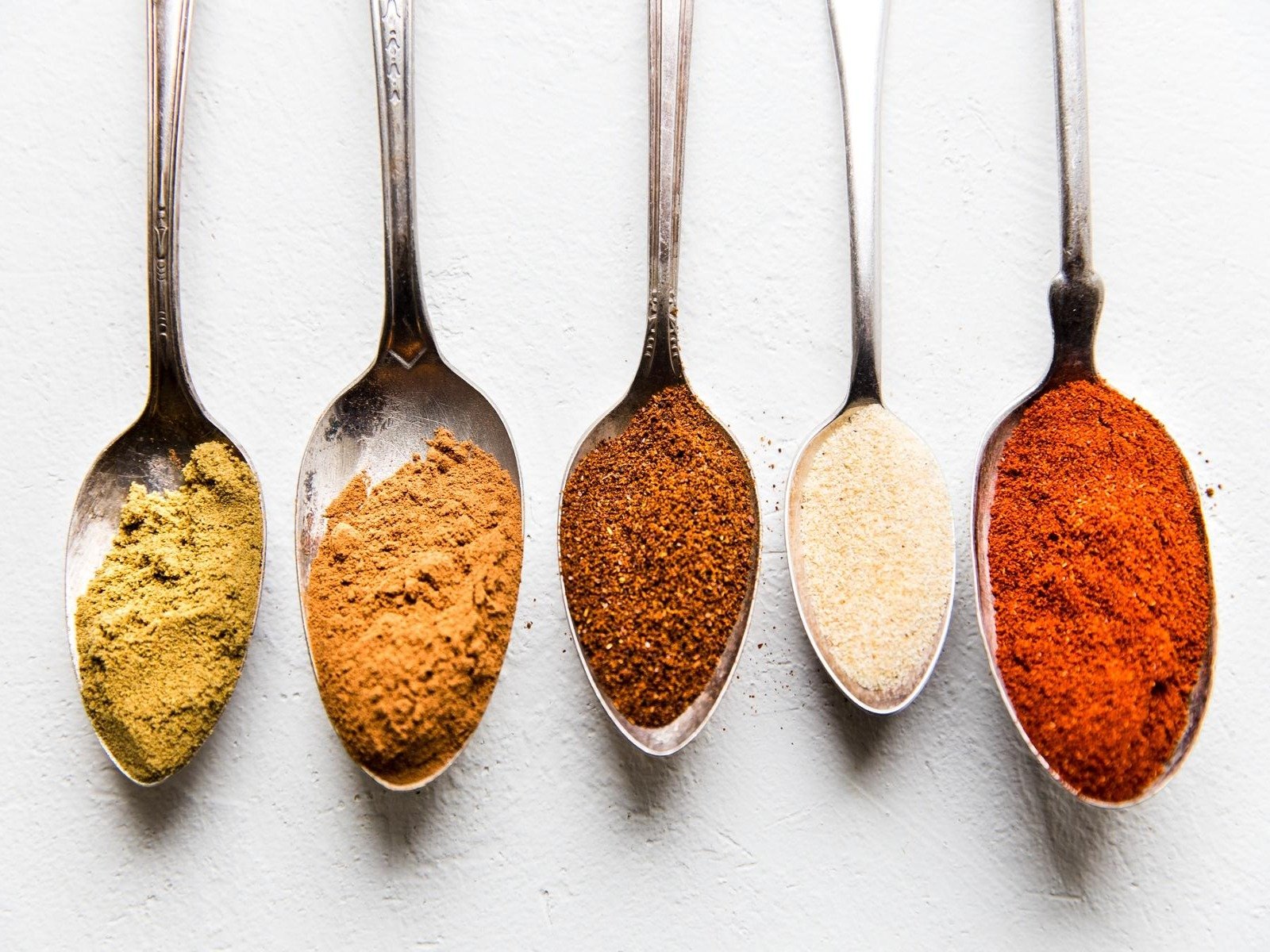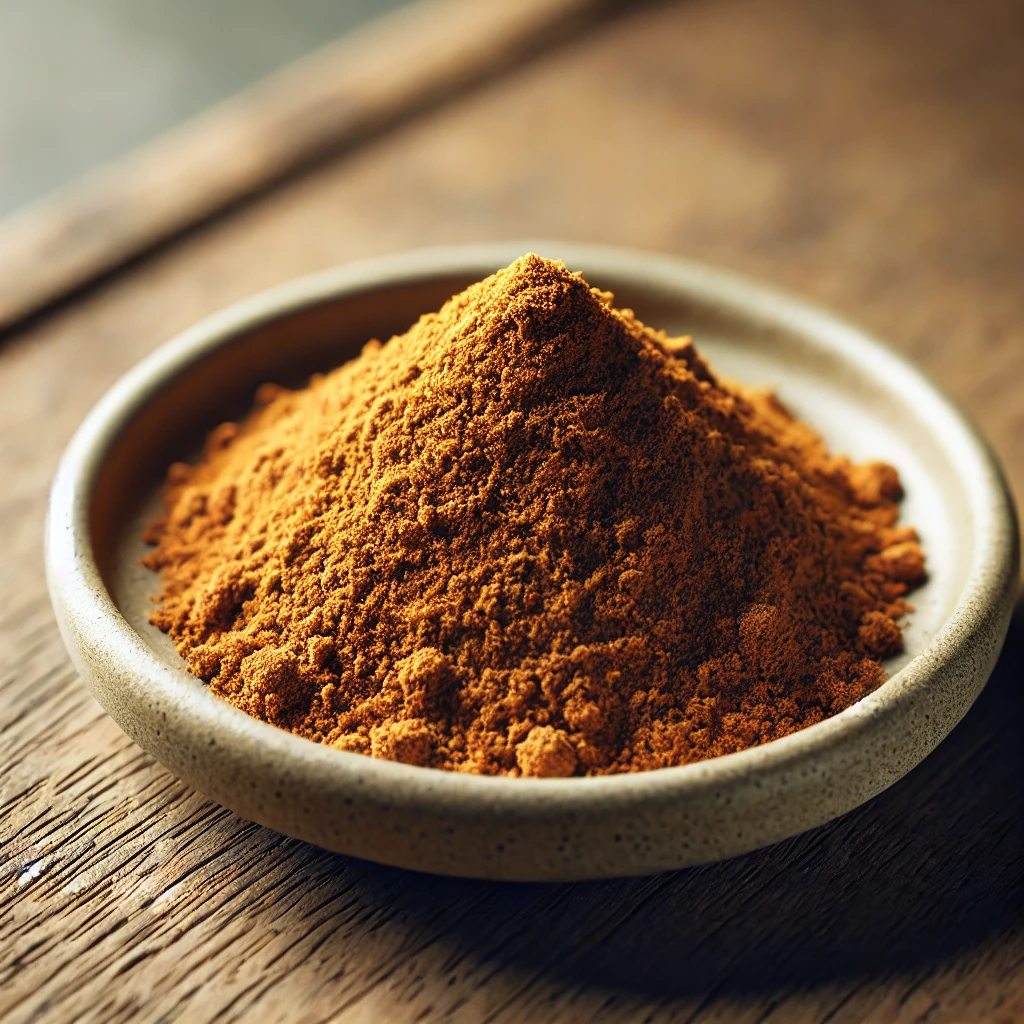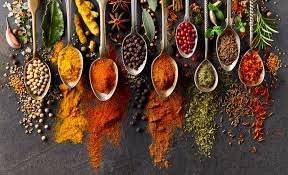Unraveling the Mystery of Flavorings and Colorings
The appeal of bright colors in food comes with risks. Artificial colors have been linked to behavioral issues in children, such as restlessness, irritability, and sleep problems. Additionally, consuming these colors can cause health problems like oxidative damage to fatty acids, skin irritation, and kidney issues. Some artificial dyes have even been associated with cancer-causing substances, raising concerns about potential cancer risks. Artificial flavors and colorings are often added to spice blends to enhance taste and appearance. Moreover, the reliance on artificial additives in spice blends raises questions about the authenticity and integrity of the food supply chain.
The artificial food colors commonly used in spices, such as tartrazine (Yellow 5), sunset yellow (Yellow 6), and allura red (Red 40), have sparked concerns among health experts. Studies have linked these additives to various adverse effects, especially in sensitive individuals.
Hidden Risks of Artificial Food Colors Dyes and Flavour in Spices
When you eat foods with artificial dyes, your body may have an inflammatory response, which affects your immune system. Some of the most common food dyes (4-aminobiphenyl, 4-aminoazobenzene, and benzidine) are contaminated with substances known to cause cancer. These include Red 40, Yellow 5, and Yellow 6.
Back in 1990, it was found that Red 3 caused cancer in animals, but for some reason, it is still allowed in our food. Citrus Red 2 made mice, and rats get tumors in their bladders and other places. Rats who ate Red 3 got tumors on their thyroids. Blue 2 may cause bladder tumors and brain tumors in rats. Red 40 may cause reticuloendothelial tumors in mice. Reticuloendothelial tumors are made up of immune system cells that are spread out in the liver, spleen, and lymphatic system. Yellow 6 may cause tumors in rats’ adrenal glands and testicles.
Red 40 has been shown to make children more sensitive. Yellow 5 has been linked to children being too active, too sensitive, and acting in other bad ways. Studies have shown that removing artificial food dyes from children’s diets may help to reduce the symptoms of disorders and other behavioral problems in children and attention-related.
Artificial flavours can be used to mask the taste of low-quality or stale ingredients in spice blends, potentially compromising the overall quality and freshness of the product. The intense and exaggerated taste provided by artificial flavors can lead to overconsumption of spice blends, potentially increasing sodium intake or other less desirable ingredients.

Harmful Effects of Artificial Flavours and Colors in Spices
Hyperactivity in Children
Artificial colors like tartrazine (Yellow 5) and sunset yellow (Yellow 6) have been linked to hyperactivity and behavioral issues in some children, affecting their concentration and focus.
Allergic Reactions
Sensitive individuals may experience allergic reactions to certain artificial colors used in spices, leading to skin rashes, itching, and respiratory problems.
Risk of Cancer
Some artificial colors, such as allura red (Red 40), have been associated with potential carcinogenic effects, raising concerns about an increased risk of certain cancers.
Digestive Discomfort
Artificial colors can cause digestive issues in some individuals, leading to upset stomach, bloating, and diarrhea.
Negative Impact on Neurological Health
Certain artificial colors have raised questions about their impact on neurological health, with some studies suggesting possible links to nervous system disorders and cognitive impairments. Some of this may be mood swings,anxiety and depression in certain individuals.
Hormonal Imbalance
Artificial colors may disrupt hormone regulation in the body, potentially affecting the endocrine system and leading to hormonal imbalances.
Liver and Kidney Strain
The body may struggle to metabolize artificial colors, leading to extra strain on the liver and kidneys, affecting their function over time.
Increased Free Radical Damage
Some artificial colors can promote the production of free radicals in the body, leading to oxidative stress and cellular damage.
Negatively Affects Mood and Behavior
Consuming products with artificial colors may negatively impact mood and behavior in some individuals, leading to irritability and restlessness.
As discerning consumers, we can protect ourselves from the hidden risks of artificial colors in spice products. Opting for natural spices or spice blends without added colors allows us to savor the authentic flavors without compromising our well-being.



